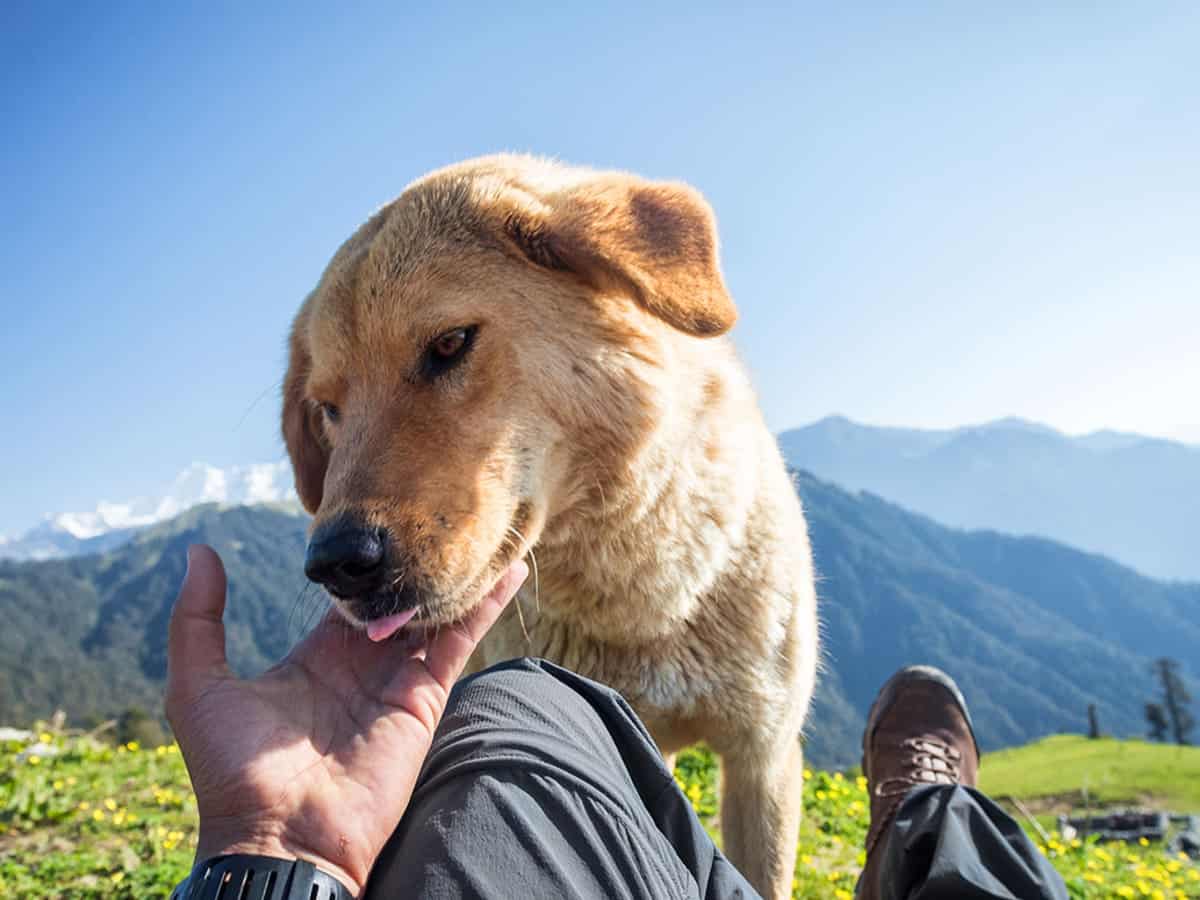Going through a natural disaster with your pet is probably every pet owner’s worst nightmare. Most pet owners probably don’t have any plans in place as to what they will do if faced with a natural disaster. In fact, having a pet is one of the top reasons why people don’t evacuate during hurricane warnings and evacuation mandates.
If you find yourself unsure where to even start when it comes to keeping your pet safe during a natural disaster, here’s a handy checklist you can use. Whether you’re wondering if a custom pet tag is necessary or if you need to bring a bed specifically for your pet, it’s all here for you.
Pet Safety Checklist At-a-Glance
- Health & Nutrition
- Food for at least two weeks
- Water (bottles or gallons)
- Treats
- Medications (prescription and over-the-counter)
- Bowls
- Comfort
- Safety
- First aid kit
- Leash
- Net (for your car)
- Crate/kennel/carrier
- Other essentials
- Litter pan/small dog poop bags
- Cleaner (for spills/accidents)
- Your identification paperwork
- Can opener/spoon
Pet Safety Checklist Explained
Here’s a little more information on what you should bring with you during a natural disaster for your pet:
Health and Nutrition: Bringing enough food, water, treats and medication is essential when bringing your pet along. While you might think it’ll only take you a day or two to get to your destination, there’s no telling when you’ll be able to return — if at all. Having at least two weeks’ worth of nutrition essentials will ensure that you can keep your pet healthy and well taken care of during the disaster.
Comfort: Natural disasters can lead to anxiety in pets. Let’s be real — who’s actually calm in the face of a natural disaster? For your pets, having some items that help them stay calm or feel familiar can go a long way in keeping them healthy and safe during an evacuation or natural disaster.
Safety: Evacuating with your pet means you’ll need to bring things along to keep them safe. A dog collar and leash set, updated pet tag information and a pet first aid kit are all things you can bring or put together ahead of time. Be sure their crate, kennel or carrier is large enough and in great working condition. If you’re traveling by car, consider getting a net for your backseat that makes the area much more comfortable for pets.
Other essentials: Often, you’ll need to bring specific items for specific pets. Cats will need their litter and litter pan, dogs will need poop bags. But, some other things such as can openers or even your own identification can all be items you’ll need to bring with you and not forget. Usually, in your own haste to grab items for your pets, you tend to forget the essentials for yourself.
Things to Remember
When it comes to natural disasters, you have three main categories. When putting together a safety plan for your pet, you’ll want to come up with a plan for each of the three categories:
- Immediate/Emergency: Usually, here, you’ll have little to no time to prepare. Determine what the important/essential items are and practice getting them together in under five minutes, including your pet(s).
- Short Warning: Sometimes, natural disasters will be quick but you’ll have a short warning. Tornadoes, neighborhood fires or even gas leaks are all examples of natural disasters you’ll have a short warning for. You might be able to pack a few major essentials here — usually in under seven minutes. Some people might put tornadoes into an immediate category because you usually have an average of 10 minutes, but some warning systems aren’t advanced enough to give anything out more than three to five minutes.
- Seasonal Disasters: These happen at different seasons, such as wildfires or hurricanes. Usually only specific regions or areas are impacted by these, but there’s often a lot of warning and time in advance to get an evacuation and disaster readiness plan together.
Additionally, your pet might behave differently during an emergency. Loud sirens, flashing lights and other things may cause your pets to act scared or anxious. It’s normal for pets to try to hide or pace around during a natural disaster.
If you’ve ever sat through a particularly nasty thunderstorm with your pet, there’s a chance they may act similarly during a natural disaster, especially if it’s weather related. If you have enough time, place your pets in a space where they can’t run or hide while you put together your readiness essentials for the evacuation.
On top of all that, your behaviour is a big factor in how your pet handles the natural disaster. Pets can sense our emotions, and they’ll be able to tell if you’re anxious or nervous too. This, in turn, can make them feel the same way, which can lead to them running and hiding.
Not every pet will be one you can coax out from under the bed or their hiding spot if they can reach it. This is especially true to pets in apartment buildings during fire alarms. In the middle of the night, being startled awake can lead to your pet hiding in a space that is inaccessible by you. And, as heartbreaking as it is, in that moment the best thing you can do is leave them there and contact authorities to let them know the situation, especially in an emergency.
The Bottom Line
We don’t usually like to think about natural disasters. But, we really tend not to think about how we’d take care of our pets in a situation like a natural disaster. There are a few things you can do to prepare for emergency situations or situations where you have some time to prepare for an incoming disaster. With a simple checklist of items, you’ll find that it’ll make things a bit easier when responding to a natural disaster with your pet.

